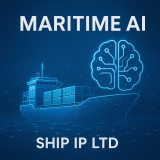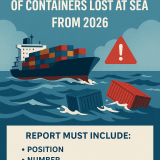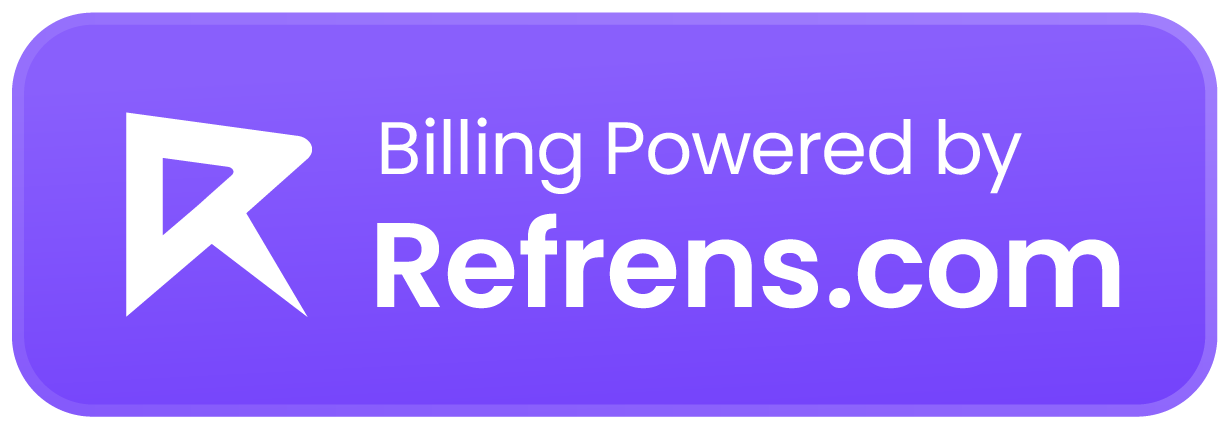The IHM provides detailed information with regard to potentially hazardous materials utilised in the construction of the ship, its equipment and systems.
Therefore, all the ship’s upgrades and equipment substitution performed on board during the life of the ship are to be reflected into a constant updating of the IHM allowing the Owner to have an updated document at the time of the delivery of the ship to the recycling facility.
Regulatory Focus
The service is provided in application of the requirements of the Hong Kong International Convention for the Safe and Environmentally Sound Recycling of Ships, 2009, and of the UE regulation on Ship Recycling (N°1257/2013) 30th December 2013.
The verification of IHM, and the related laboratory testing activities, are performed in compliance with UNI EN ISO 9001:2008 and UNI ENI ISO 14001:2004 and accredited in compliance with UNI CEI EN ISO/IEC 17025:2005.
Deliverables
The steps to be followed before delivering the ship to the recycling facility are:
- List of hazardous materials contained in the structure or equipment of the ship, their location and approximate quantities (Part I);
- List of the waste present on board the ship, including waste generated during the operation of the ship (Part II);
- List of the stores present on board the ship once the decision to recycle it has been taken (Part III).
The procedure to draft the IHM is:
- Collection and relevant assessment of necessary information
- Preparation of visual/pick up sampling plan
- Onboard visual inspection and pick up sampling campaign
- Preparation of Part I of the Inventory and related documentation.
- Preparation of Part II and III of the Inventory once the vessel will arrive at the recycling facility.
Why RINA?
RINA, having participated in the development and update of both IMO and EU regulations, developed an integrated service of verification and testing covering all aspects relevant to the Inventory of Hazardous Materials (IHM).
We have a long experience on this matter, starting from the requirements established in our rules since 2006 (we called GREEN PASSPORT), and updated in 2011 (GREEN PASSPORT PLUS).
Today we have the proven capacity to perform the survey on board necessary to verify the presence of Haz Mat, conduct, together with partners, testing on samples in accordance with relevant regulations where necessary.
Reference standards:
- “Hong Kong International Convention for the Safe and Environmentally Sound Recycling of Ships, 2009”, SR/CONF/45
- UE regulation on Ship Recycling (N°1257/2013) 30th December 2013
- “2015 Guidelines for the development of the Inventory of Hazardous Materials”, MEPC.269(68)
- RINA MNO n°73 “EU Regulation on ship recycling – UPDATED”
Source: rina





